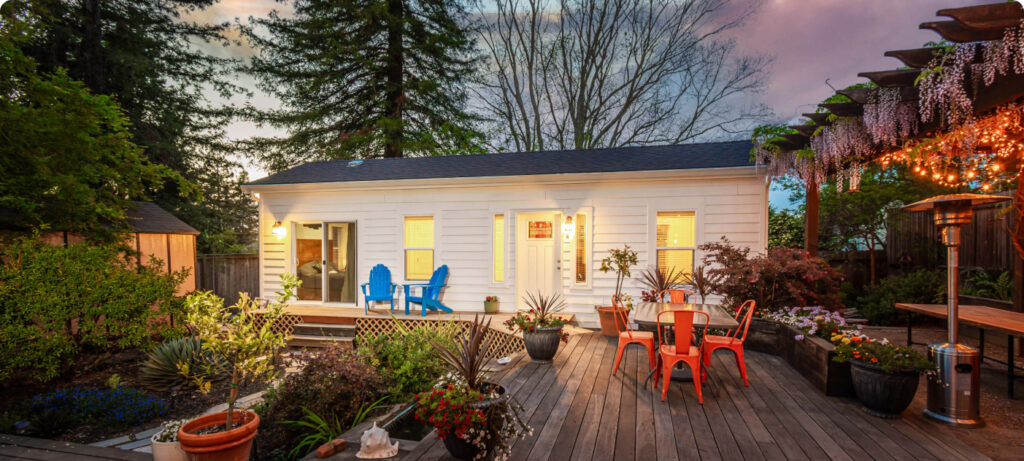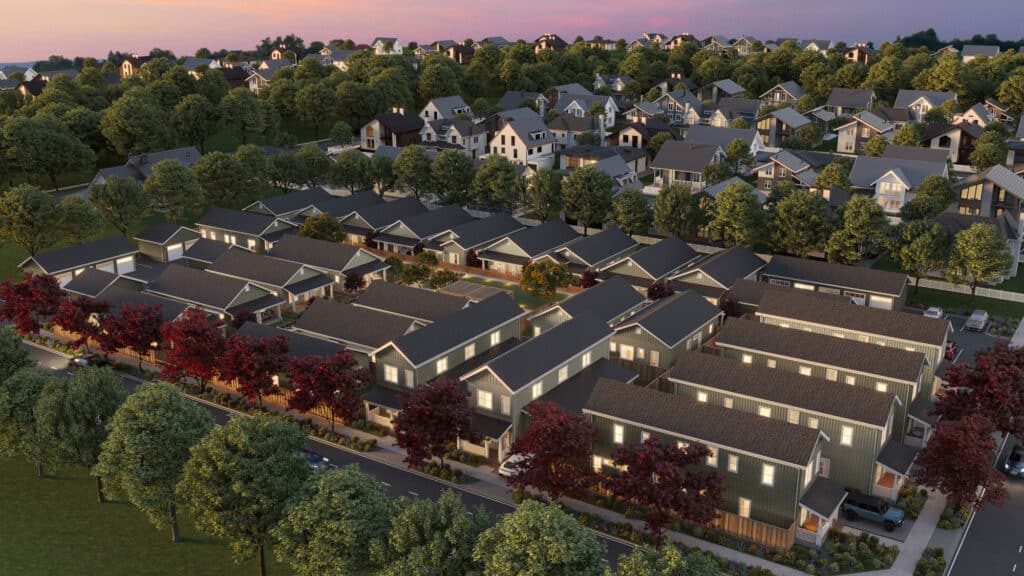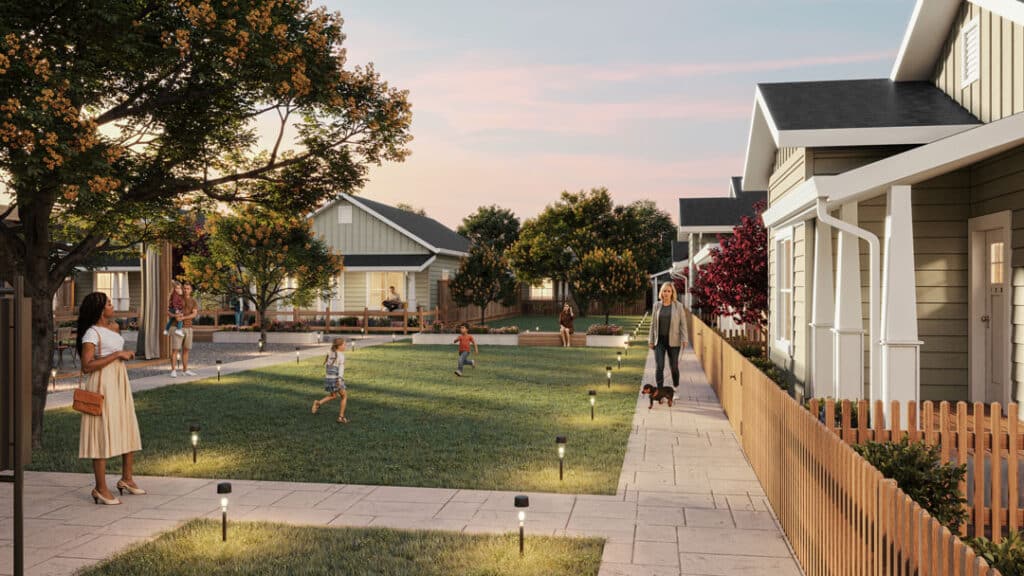Series: Understanding the Housing Crisis | Part 3
Four Things Required for Prefab Housing To Win by 2030
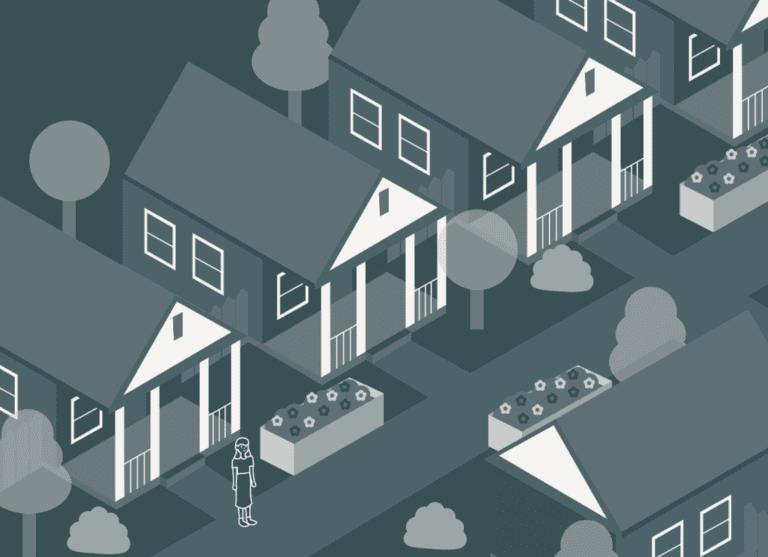
Sean Roberts, CEO of Villa
January 2024
What will it take for prefab home building to win going forward?
At Villa, we think four things are critical:
#1: Modern distribution matters. Historically, the majority of prefab manufactured homes sold to consumers have been sold by local dealers (which are in secular decline, with “mom & pop” dealers down by about ~1/3 nationally over the last decade or so). They typically have offline and manual processes. Customers cannot get easy turnkey solutions for the homes they want to build, leaving the homebuyer on their own to figure out how to assemble all the necessary parts of the project (finding a contractor, site design, permitting, etc.). Pricing is often opaque and customers have limited selection. Older dealers can’t easily adapt home designs to suit customers’ needs because they (and their factory partners) don’t have the robust design capabilities to personalize homes to the level that customers really want.
Villa is changing this. We have the most online and tech-forward distribution engine for prefab homes. Customers can design their home online, see transparent pricing upfront, and explore a wide selection of home units with a high level of customization. We make it an easy, turnkey experience for our clients to get the prefab home they want. Villa is applying the basic principles of e-commerce to prefab housing: low prices, wide selection, and fast and reliable fulfillment.
#2: Innovation in physical home product matters. Consumer perception is too often anchored in outdated perceptions of prefab homes. Old prefab homes are based on old designs that often have limited customization options, obsolete floorplans, low ceiling heights, and unappealing finishes.
With Villa, we focus on partnering with leading prefab factories to develop and build home product offerings that meet today’s consumer preferences. Our floorplans are modern, highly customizable, and designed for how people want to use their space. Villa’s business model effectively “layers” on top of factories to deliver the right product, at the right price, at the right time for our clients. This gives us a highly flexible and scalable supply chain advantage where we can build – and customize – a wide variety of homes for our various types of clients.
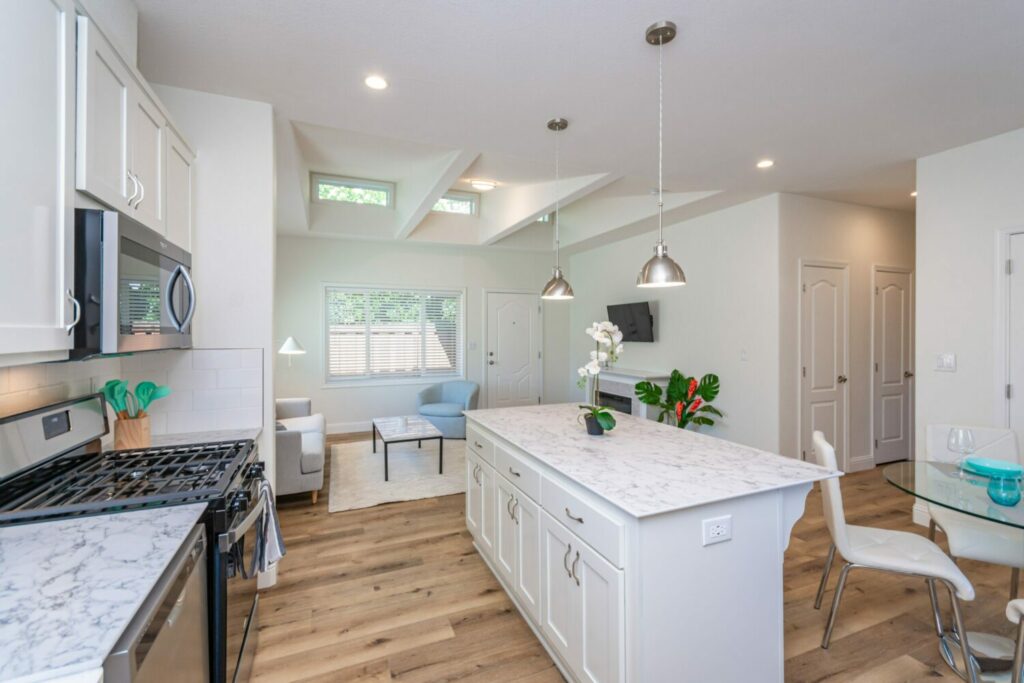
#3: Creative ways to use prefab construction in new applications matters. This is a core strategic focus for us at Villa. We were the first company to scale using HUD-code prefab homes to build detached ADUs in California, and we’re now the largest builder of them in California. We are trailblazers for installing detached prefab ADUs alongside an apartment building in California, and we’re now the category leader doing these projects with some of the largest apartment owners/operators in the country. We were a trailblazer in doing a detached carport conversion project with ADUs in California. These are just a few examples of the many “firsts” that we have pioneered here at Villa—and we’re just getting started.
#4: Outperforming site-built construction on cost and speed matters. The advantages of prefab construction are clear: it is faster, cheaper, and more scalable. However, maximizing the impact of these benefits requires being able to outperform traditional site-built methods. The construction and real estate development world has a lot of inertia, but it is ultimately highly economically motivated. As these benefits of using offsite construction become ever more clear, the market will continue to shift towards offsite construction.
Building for our collective future
At Villa, we’re very optimistic about where the US can go with producing much-needed affordable housing in the coming decades. Using offsite construction will be increasingly important. The cost, speed, and scalability advantages will become even more important as construction labor becomes ever more scarce over time.
Our mission here at Villa is to be the easiest, fastest, and most cost-efficient way to build homes. We are big believers in the momentum behind offsite construction and how it can be applied to infill building, whether it’s in the form of an ADU, a townhome, or a “pocket neighborhood”, Villa is ready to innovate and creatively build the affordable homes that America badly needs. Visit us here to build with us.
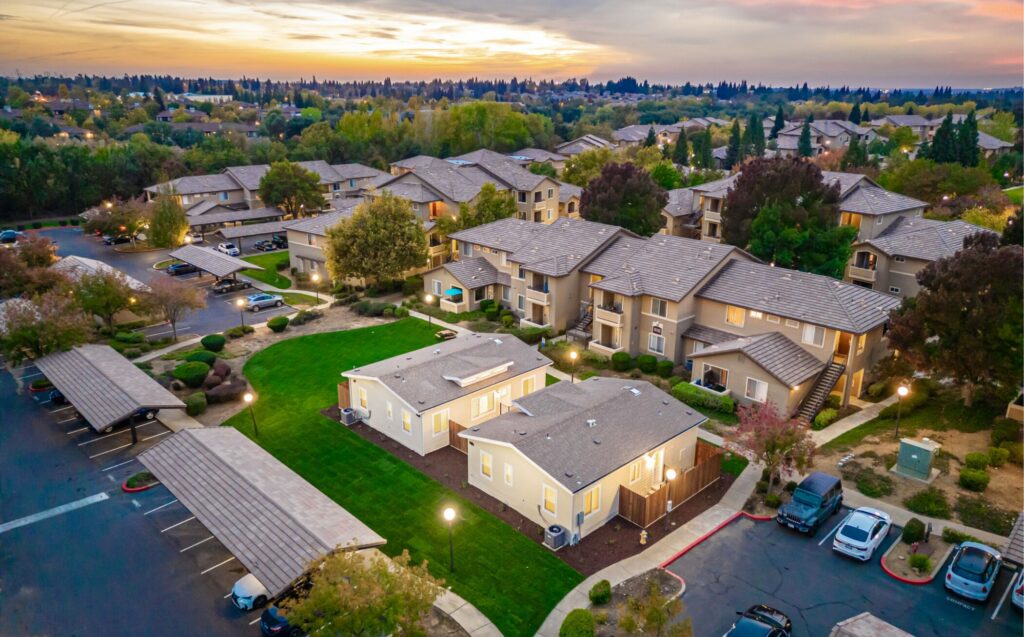
The information provided here is not intended to and does not constitute legal advice. The information, content, and materials are provided for general informational purposes only. No reader, user, or browser of this site should act or refrain from acting on the basis of information on this site without first seeking legal advice from counsel in the relevant jurisdiction and should contact their attorney to obtain legal advice. All liability with respect to the content herein is expressly disclaimed.
